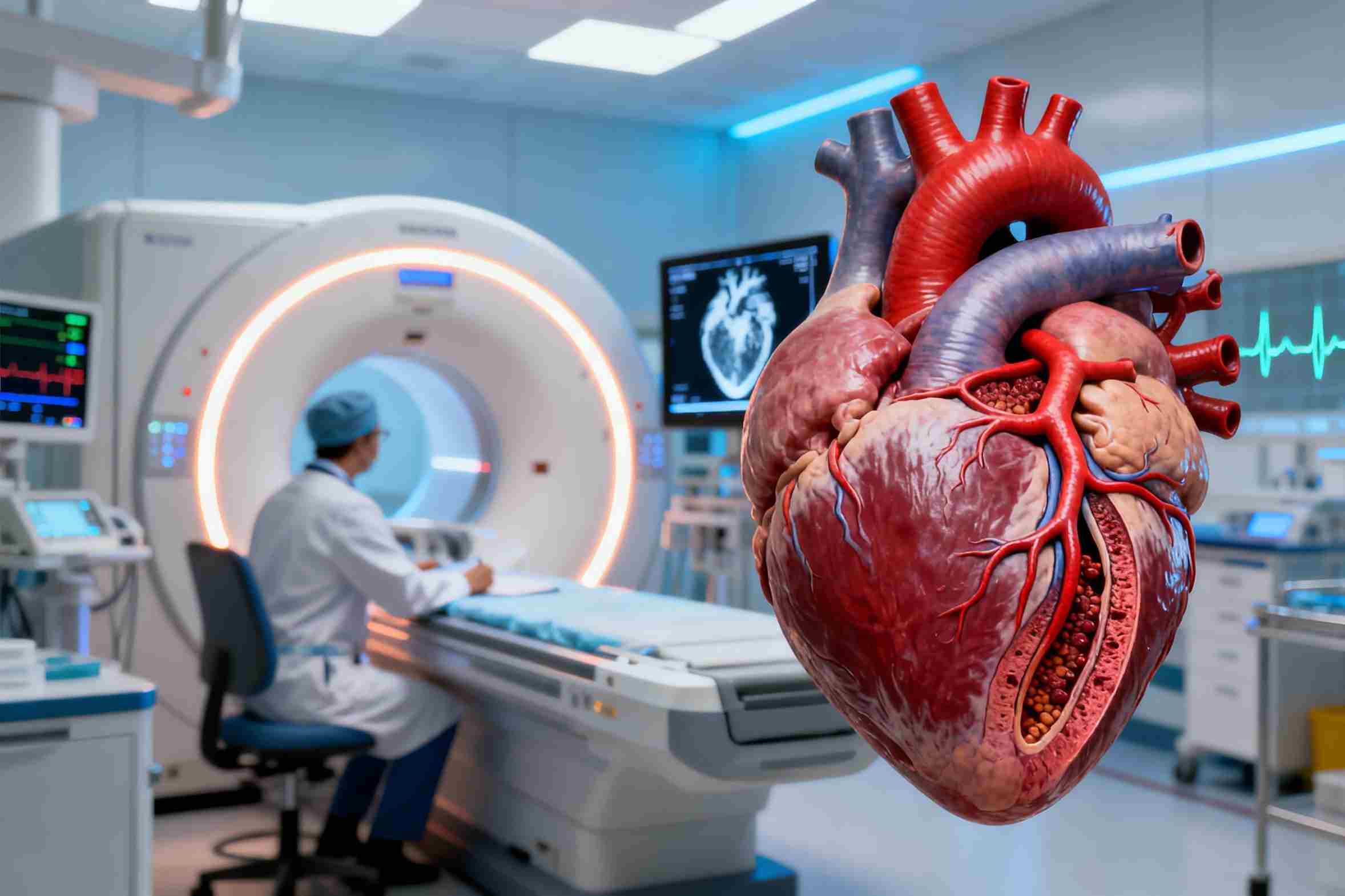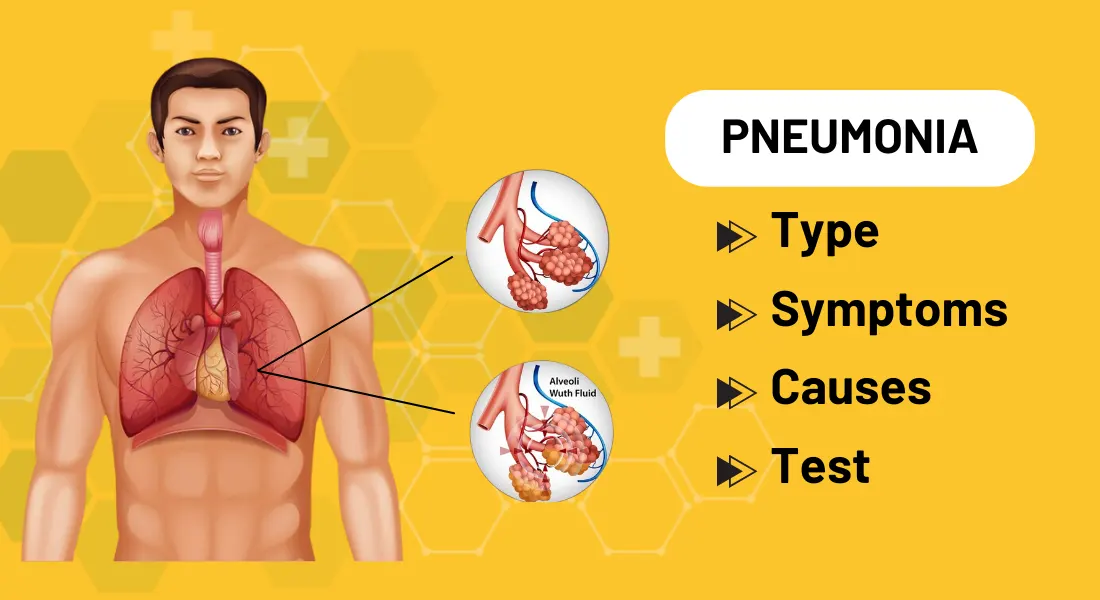Causes of Joint Pain and How Does It Diagnose - Winter

When a person suffers from joint pain, that means facing discomfort, soreness, or even inflammation. These symptoms may arise from any part of a joint in the body. Joints enables movement and flexibility in the body. Other symptoms of joint pain are swelling, redness, warmth, stiffness, and restricted motion.
Joint Pain Causes
Joint pain may impact any joint, and it may be mild or severe. Joint pain causes may be injury, inflammation, arthritis, or other medical conditions. Sometimes, cold weather may also result in joint pain in winter. Let us see the different reasons for joint pain.
- Arthritis- Arthritis can cause joint pain.
- Injury- Fractures, dislocation or a sprain can lead to injury leading to joint pain. In such a case, injured ligaments or tendons may cause joint discomfort
- Infections- Viral or bacterial infections can cause joint inflammation, leading to joint pain. An example of joint disease is septic arthritis.
- Joint Degeneration- Joint degeneration can be the result of ageing and wear-and-tear.
- Tumours- Tumours developed in and around joint areas can also lead to joint pain.
- Season Change- During the winter season, when the temperature is low, there is decreased blood circulation in the body. This can cause muscle contractions, like knee pain in winter. Stiffness in joints can lead to joint pain in winter.
Joint Pain Diagnosis
There are different diagnostic tests like MRI scans, X-rays, and ultrasounds.
MRI Scans
MRI stands for Magnetic Resonance Imaging. It is a medical imaging method. There are MRI diagnostic services in the city. One needs to look for advanced, affordable, and reliable MRI diagnostic services. Nowadays, MRI diagnostic services have become investigative, safe, non-invasive, and painless.
These MRI scans are conducted by trained and experienced radiologists and technicians. The modern MRI scan machines are 1.5 MRI and 3 Tesla scanners. These machines ensure accurate image quality processing, precise and quick reporting, patient comfort and care, and streamlined operations. It has no radiation exposure and no side effects.
Apart from detecting joint pains, MRI scans also help to diagnose bone disorders, cysts, cardiovascular diseases, tumours, and breast cancer. It can also diagnose liver cancer, womb cancer, spinal and brain problems, pelvic pain in women, endometriosis, and uterine abnormalities. The cost of an MRI scan can depend on the MRI scan machine, duration, body part being scanned, and the type of procedure.
Procedure for An MRI Scan
An MRI scan demands the patient’s comfort, safety, and care. There should be a high standard of quality in the scan procedure. Before the scanning procedure starts, a patient needs to wear a hospital gown. They should also remove any metal objects that they may be wearing or on their body.
After this preparation, the patient lies down on a retractile table on their back. This table then gradually moves into a semicircular-shaped scanner. The patient either goes in feet first or head first. Patients are strongly advised to remain still during the scanning process.
The patient may hear loud tapping or thumping noises while the scan is going on. These noises are of the electric current. This electric current runs through the MRI scanner coil. This helps to generate in-depth and accurate images.
The duration of the scan depends on the number of pictures and the body part. On average, it takes about 15 minutes to about an hour. After finishing the scan, a radiologist studies the images and writes a report. This report mentions any abnormalities, if any.
Thus, we can see how MRI scans can detect joint pain causes and other diseases mentioned above. While an MRI itself does not directly detect pain, it is instrumental in identifying and visualising abnormalities, injuries, or conditions within the joints that may be causing pain.
How X-Rays Can Detect Joint Pain
X-rays are also commonly used to study bones and joint structures. X-rays can help to identify any abnormalities within the joints that may lead to pain. Modern X-ray machines and skilled radiologists can help diagnose and assist in joint pain treatment.
Digital X-ray has led to the invention of a digital radiology system. These machines are time-efficient, provide accurate images, reduce radiation exposure, and simplify digitalised reporting. The digital x-ray machines take high-definition images during the x-ray scan and transfer them to a computer. The computer helps convert the X-ray radiation into electric currents and digital photos.
The digital 800 MA X-ray machine should be medically certified. They should also meet the current industry standards. This machine helps to diagnose and prepare chest, hand, abdominal, pelvis, joint, cervical, hip, skull, knee, and neck x-rays. The radiologists and technicians should be able to perform these X-ray procedures and maintain high safety standards.
These machines should also be clean and in a hygienic environment. Taking X-rays does not have any side effects. But repetitive X-rays can lead to many side effects like hair fall or even cancer. Ultimately, X-rays are a valuable tool in the diagnostic process. This helps healthcare providers assess the skeletal aspects of joints and identify the reasons for joint pain.
Ultrasound Imaging Helping to Detect Joint Pain
Ultrasound imaging uses sound waves to create real-time images of the body’s anatomy. It can also help to evaluate and diagnose medical conditions like joint pain. It assists in diagnosing joint pain in many ways. These are soft tissue visualising, dynamic imaging, tendon and ligament evaluation, synovial fluid abnormality identification, and bursae evaluation. Other ways are blood flow assessment and monitoring treatment progress.
Ultrasound has its limitations, such as not being able to visualise deeper structures or bones. Overall, it is a dynamic imaging technique that plays a vital role in the evaluation and diagnosis of joint pain and related conditions.
Therefore, we can see the different processes and technology used to diagnose joint pains. For instance, these technologies can help to detect different kinds of joint pain in winter. An example of this would be knee pain in winter.
City X-Ray and Scan Clinic has been a high-quality diagnostic centre. Their facilities include MRI, CT scans, digital X-rays, neurology tests, nuclear imaging, and pathology laboratory, and others.
DISCLAIMER: THIS WEBSITE DOES NOT PROVIDE MEDICAL ADVICE. The information including text, graphics, images, and other material contained on this website is for informational purposes only. No material on this site is intended to be a substitute for professional medical advice, diagnosis, or treatment. Contact a health expert if you have questions about your health.












.webp)


Comments List